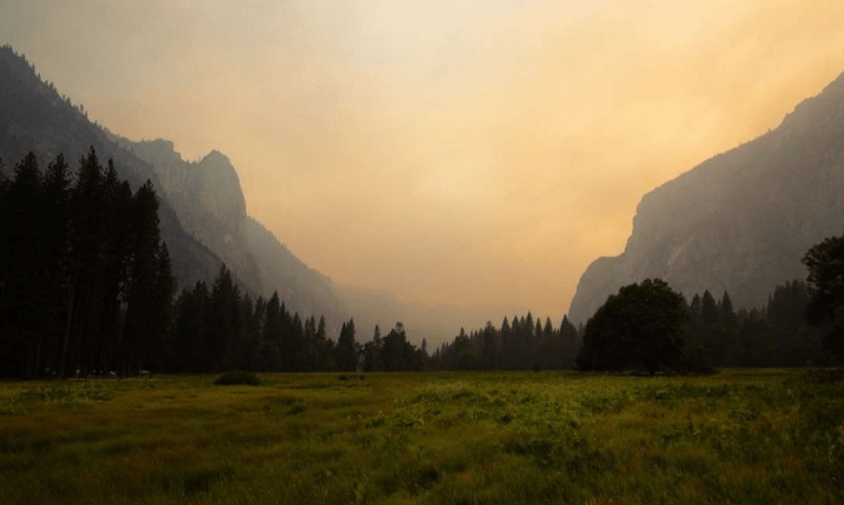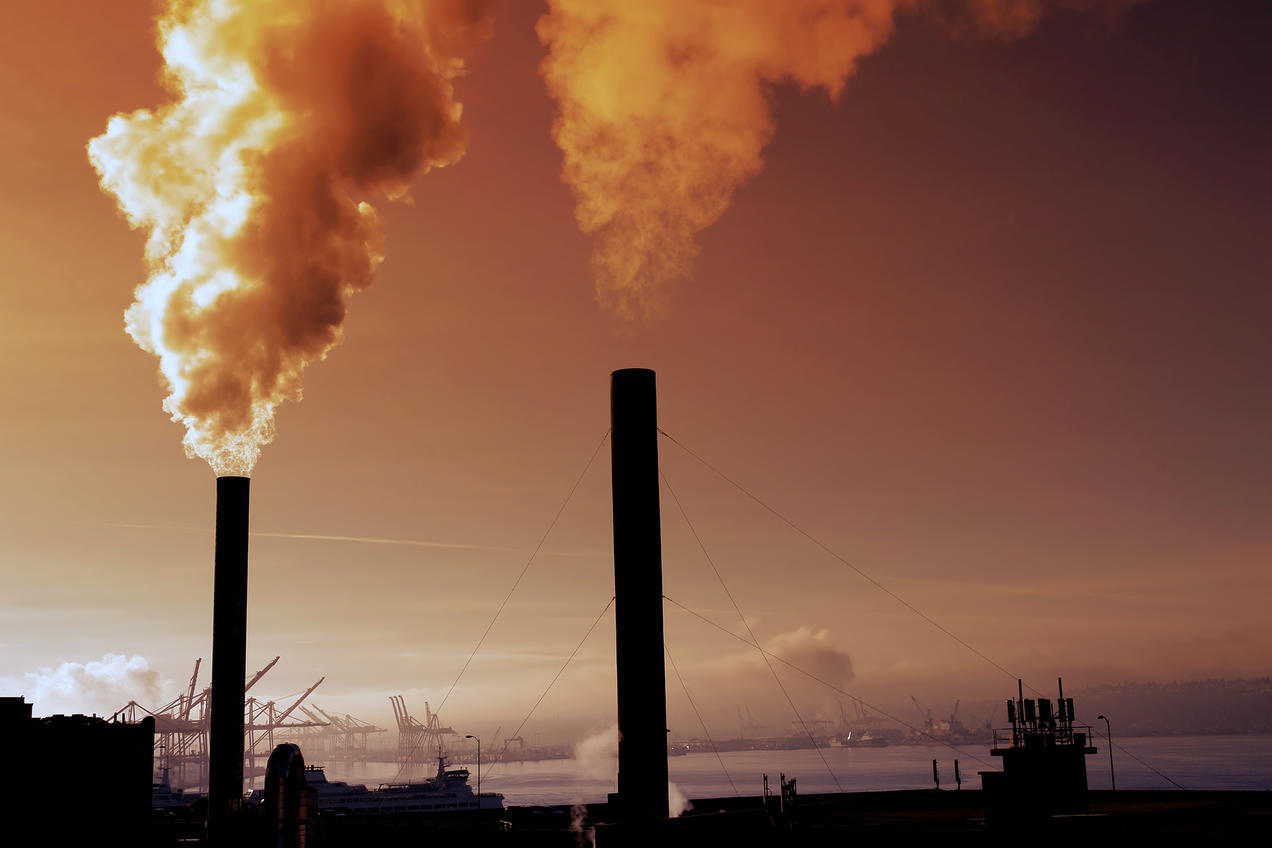
The effects of air pollution on the national parks are even more widespread and distressing than we thought. 33 of America’s most-visited national parks are as polluted as the 20 largest cities, a recent report from the National Parks Conservation Association shows.
Related: New Data: Air Pollution Impacts 92% of World’s Population
A massive 96% of the 417 national parks are troubled by air pollution problems. Eighty-five percent of parks have air that is unhealthy to breathe at times and 89 percent of parks are suffering from haze pollution. Soils and waters in 88 percent of parks are significantly affected by air pollution, which in turn negatively affects sensitive species and their habitat, and 80% are feeling the effects of climate change.
“The poor air quality in our national parks is both disturbing and unacceptable,” said Theresa Pierno, president and CEO of the parks association, adding “When people think of iconic parks like Joshua Tree or the Grand Canyon, they think of unspoiled landscapes and scenic views. I think they would be shocked to know that these are actually some of our most polluted national parks.”
While much of the air pollution originates outside national parks, it travels up to hundreds of miles from its source, according to the report. The association blames the problem largely on the extraction of fossil fuels, such as oil and coal, and burning them in power plants and vehicles.

Researchers found that nearly a quarter of the parks they evaluated experienced a “significant level of concern” in at least three of the four criteria. Some of those parks included: Shenandoah National Park in Virginia, Dinosaur National Monument in Colorado, and Natchez Trace Parkway running through Alabama, Mississippi, and Tennessee. Last year, some of these parks recorded up to two months where ozone levels were considered dangerous –mostly in summer when visitation is at its highest.